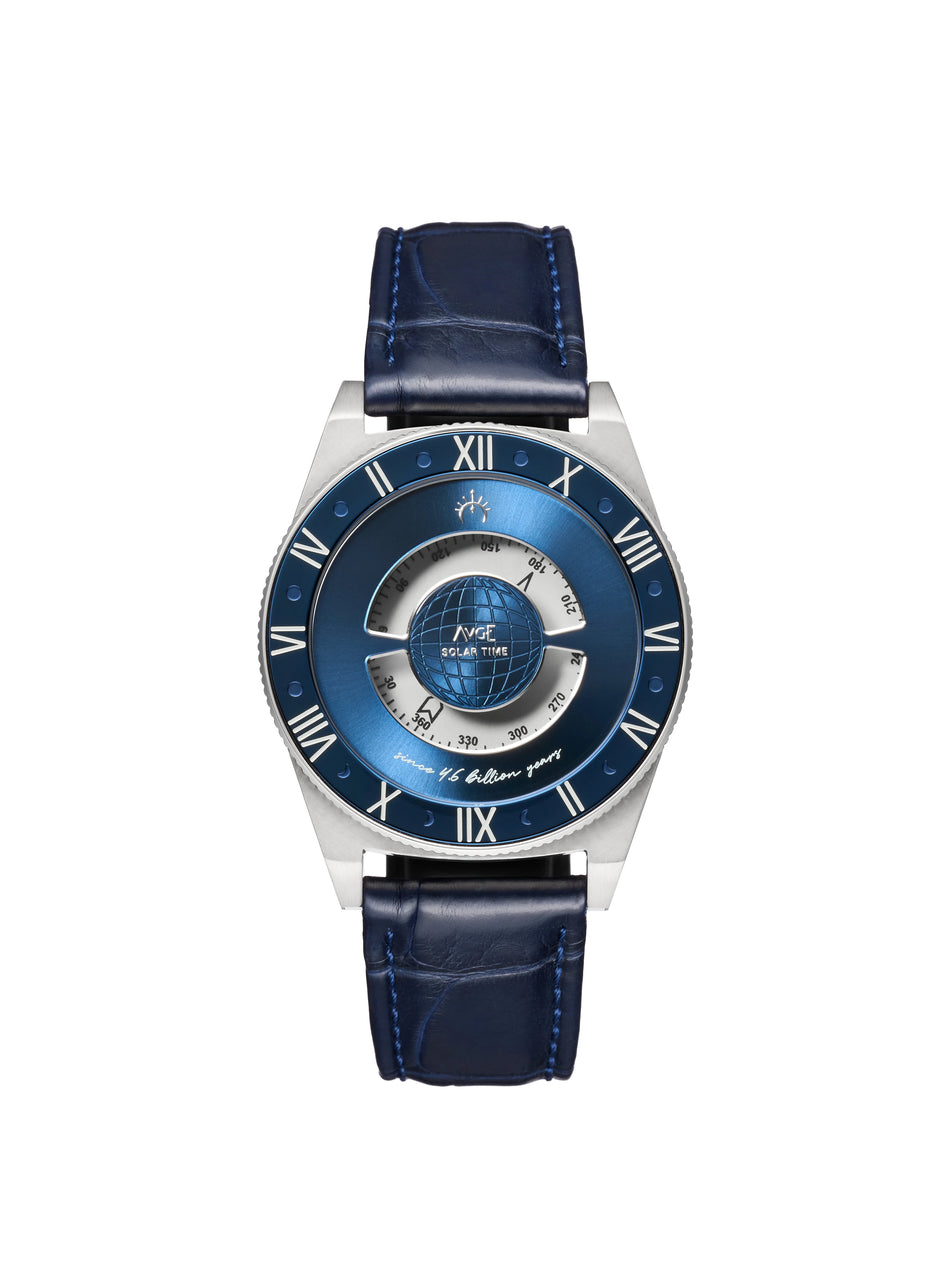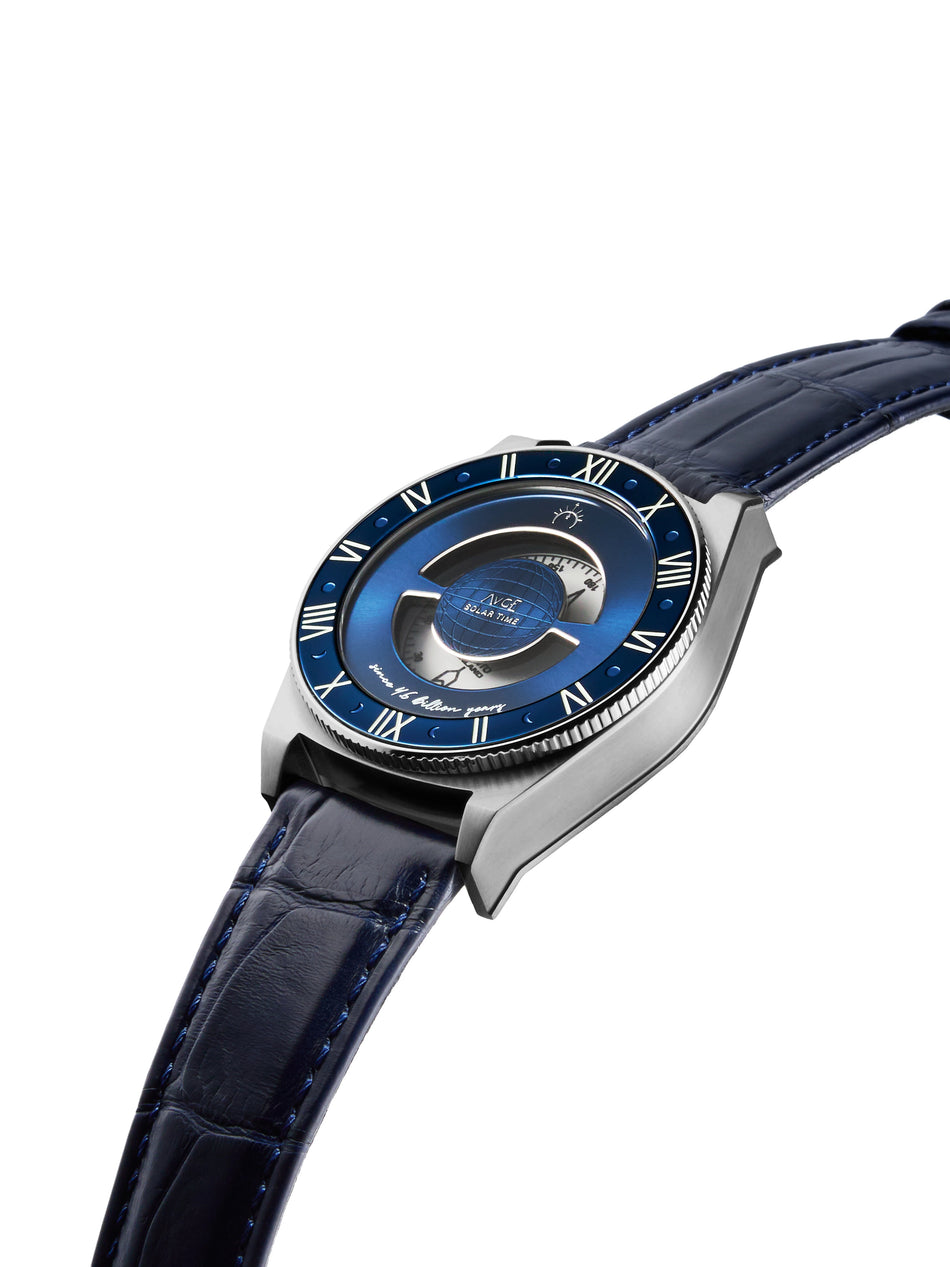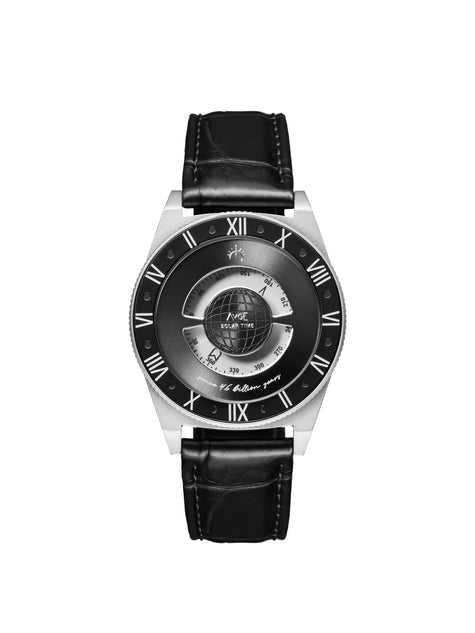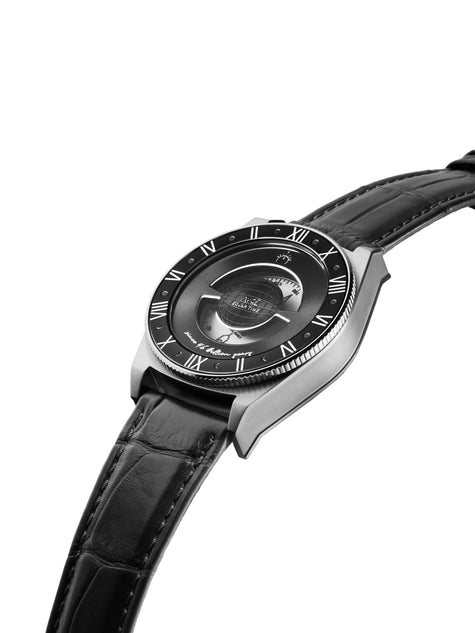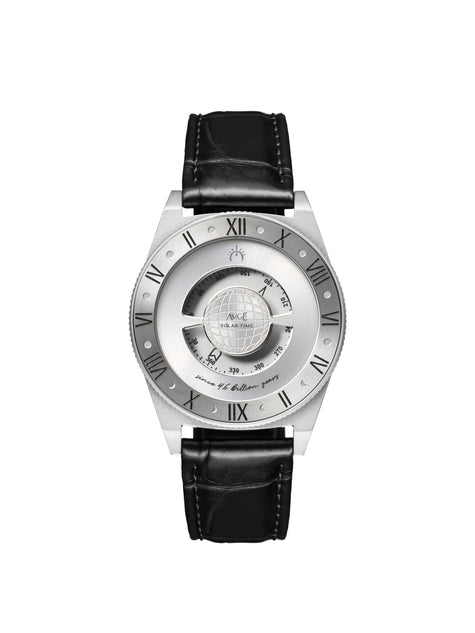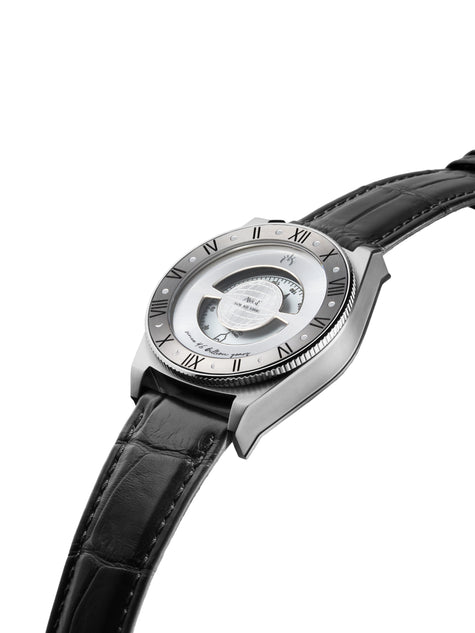
MADE FOR PIONEERS
The History of Sundials: Humanity’s Ancient Clock
I recently learned that there is a sundial on the surface of Mars. Yet long before it landed there, in the deserts of Egypt, sundials had already shaped how we understand time. Before the ticking of mechanical clocks or the glow of digital screens, our ancestors relied on shifting shadows to structure their days. Their ingenuity, passed through generations, created devices that were not only functional but reflections of the way civilizations saw themselves in the vast order of the cosmos.
Ancient Sundials: Time in the Shadows
I remember standing in the Valley of the Kings, feeling the heat of the sun radiate from the limestone. "This," said Dr. Elias Karam, an Egyptologist specializing in early timekeeping, "is where the oldest known sundials were found. A simple L-shaped device, placed in the sand, dividing the day into twelve sections." The Egyptians, around 1500 BCE, had already begun measuring time with stone and shadow, structuring their days with the sun’s arc.
Farther east, the Babylonians and Chinese were tracking time with gnomons—upright pillars that cast shadows in predictable patterns. By 800 BCE, the Chinese had refined the technique, using calibrated shadow lengths to estimate the hour. The Greeks took these ideas and applied geometry, creating the first sundials with hemispherical bowls, an innovation Anaximander introduced to Greece around 560 BCE. "What the Greeks did," explained Dr. Livia Petrova, a historian of ancient mathematics, "was transform sundials from mere tools into instruments of precise astronomical observation."
In Rome, sundials arrived as trophies of conquest. General Marcus Valerius Messalla took one from Sicily in 263 BCE and set it up in the Forum. It told inaccurate time for nearly a century, calibrated for the wrong latitude. "Imagine the daily frustration," laughed Marco Bellini, a Roman historian. "A city running on an imported sundial, always slightly off!" But Rome adapted, mass-producing sundials for public squares, villas, even portable versions for travelers. Archaeologists have found bronze pocket sundials engraved with latitudes of different provinces, allowing an officer stationed in Gaul or Syria to know the hour back home.

Medieval and Islamic Innovations: Time and Faith
Sundials didn’t disappear after Rome fell; they simply found new purpose. In medieval monasteries, monks carved "mass dials" into church walls, using them to time prayers. Some of these, like the one at St. Gregory’s Minster in Yorkshire, carried cryptic Old English inscriptions. I ran my fingers over the grooves of that very dial once, tracing the same markings a Saxon monk had centuries before.
Meanwhile, in the Islamic world, timekeeping reached new levels of precision. Ibn al-Shatir, a 14th-century scholar in Damascus, built a sundial for the Umayyad Grand Mosque that corrected seasonal variations. "He aligned the gnomon with the Earth’s axis," said Dr. Yusuf al-Hakim, an expert on medieval Islamic science, "a breakthrough that led directly to the concept of equal-length hours." His portable sundials even included a built-in compass, ensuring travelers could find both the time and the direction of Mecca in one glance.
The Renaissance: A Golden Age for Sundials
By the Renaissance, sundials had evolved into statements of scientific achievement. The era’s astronomers, including Johannes Kepler, refined our understanding of Earth’s orbit and the sun’s movement, explaining why sundials sometimes ran ahead or behind clocks. "Kepler gave us the Equation of Time," noted Dr. Sabine Laurent, a scholar of Renaissance astronomy. "His insights allowed sundials to become more accurate than ever before."
It wasn’t just science; sundials became exquisite objects. In Poland, Johannes Hevelius crafted a grand sundial for Wilanów Palace, turning timekeeping into a work of art. Town squares featured monumental sundials, their Latin inscriptions urging passersby to reflect on life’s passage. "Horas non numero nisi serenas," read one in Florence. "I count only the sunny hours." A poetic sentiment, but an impractical philosophy for a working clockmaker.
The Industrial Age and Beyond: From Obsolescence to Art
By the 18th century, pendulum clocks replaced sundials as the primary means of timekeeping. "The turning point was the railway," said Thomas Abernathy, a historian of industrial technology. "Trains needed precise schedules. Sundials, bound to the movement of the sun, couldn’t compete with standardized time zones." And yet, sundials never vanished. Victorian scholars preserved historic dials, and towns still used them to reset mechanical clocks.
Even in the modern world, sundials remain part of human landscapes. Maharajah Jai Singh II, dissatisfied with the inaccuracies of existing astronomical tables, constructed the Samrat Yantra in Jaipur—a 27-meter-high sundial so precise that its shadow moves visibly from minute to minute. In California, the Sundial Bridge casts a functional shadow across a dial plaza, while in Taipei, the world’s once-tallest skyscraper serves as a gnomon for an urban sundial park.
I remember the moment I saw the Mars Rover’s sundial. A small, unassuming calibration device, yet inscribed with the words: "Two Worlds, One Sun." The realization struck me—this journey, from a carved stone in the Egyptian sand to an interplanetary mission, is not just about measuring time. It is about our need to mark our place within it.
Sundials do not simply tell us when we are. They remind us who we are, standing under the same sun as those before us, watching the shadows move in silent testament to our passage through history.


